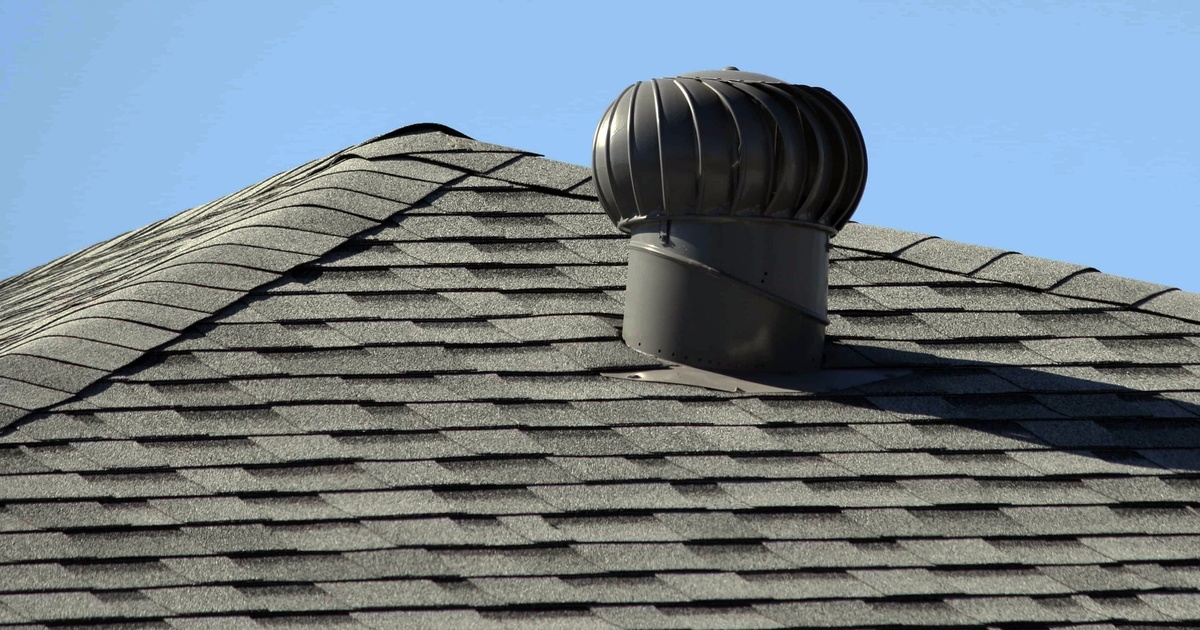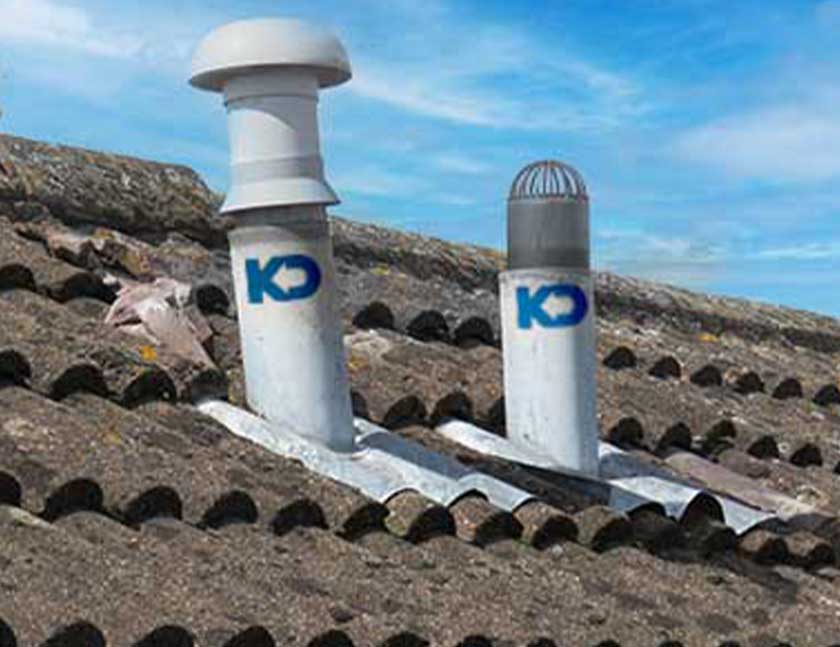Every person has his or her own theory involving What Are Plumbing Vents and Why Are They Important?.

Correct air flow in pipes systems is commonly forgotten, yet it is critical for keeping the functionality and safety of your home's pipes. Ventilation aids regulate atmospheric pressure, prevent the accumulation of harmful gases, and make certain the effective elimination of waste. In this guide, we will explore the relevance of appropriate pipes air flow, just how it functions, and the advantages it offers your pipes system.
Comprehending Ventilation in Plumbing
Ventilation in plumbing refers to the network of pipelines that allow air to stream via the drainage system. These vents offer numerous objectives, consisting of managing air pressure within the pipes, stopping sewage system gases from entering the home, and assisting in the smooth flow of wastewater.
How Ventilation Works in Plumbing Equipments
Atmospheric Pressure Policy
Proper air flow maintains well balanced air pressure within the pipes system. When water flows with pipes, it displaces air. Without adequate air flow, this displacement can develop negative stress, resulting in slow drains pipes or siphoning of water from traps, which can trigger undesirable odors to permeate into the home.
Avoiding Sewage System Gas Buildup
Among one of the most critical features of pipes vents is to prevent sewage system gases, such as methane and hydrogen sulfide, from collecting within the home. These gases can position severe health and wellness risks and are extremely combustible. Vent pipelines enable these gases to get away securely outside.
Assisting in Waste Removal
Ventilation aids in the effective elimination of wastewater by preventing airlocks in the drain system. When air can stream openly through the vents, it allows water and waste to stream smoothly through the pipes, lowering the threat of blockages and back-ups.
Sorts Of Plumbing Vents
Main Heap Vent
The primary pile vent, additionally known as the vent stack, is the main vent in a plumbing system. It extends from the major drainpipe align via the roof covering, allowing gases to escape and fresh air to get in the system.
Branch Vent
Branch vents attach to the major stack vent and serve private components, such as sinks, toilets, and showers. These vents ensure that each component has appropriate ventilation to operate correctly.
Air Admission Valve (AAV).
An Air Admission Valve (AAV) is a one-way shutoff that enables air to enter the pipes system without the requirement for a typical air vent pipeline expanding through the roof covering. AAVs are frequently utilized in remodellings or locations where installing a standard vent is not practical.
Signs of Poor Air Flow in Plumbing.
Slow Draining Fixtures.
If your sinks, tubs, or bathrooms are draining slowly, it could be a sign of poor ventilation. Inadequate air circulation can develop a vacuum impact, making it tough for water to drain correctly.
Gurgling Appears.
Gurgling noises coming from drains are typically a result of air being drawn with water catches because of unfavorable pressure in the pipelines. This is a clear indicator of not enough ventilation.
Undesirable Odors.
Sewage system smells inside your home are a warning that your plumbing system is not effectively aerated. This can mean that sewage system gases are not being properly aired vent outside, resulting in potentially harmful conditions.
Common Air Flow Blunders.
Inadequate Vent Sizing.
Utilizing undersized vent pipes can lead to poor air circulation and stress inequalities in the system. It's essential to make use of vents that fulfill the certain demands of your pipes system.
Improper Vent Placement.
Placing vents also much from the fixtures they offer can reduce their performance. Appropriate placement ensures that air can move freely and successfully with the system.
Ignoring Code Demands.
Building codes give particular standards for pipes air flow. Disregarding these codes can result in a system that falls short to work correctly and may result in expensive fixings or carcinogen.
Advantages of Appropriate Air Flow.
Enhanced System Effectiveness.
Appropriately aerated pipes systems operate more efficiently, with fewer blockages, faster draining pipes, and much less pressure on the pipelines. This performance expands the life-span of the pipes system.
Improved Air Top Quality.
By stopping drain gases from entering your home, proper air flow adds to much better interior air top quality, making your living atmosphere healthier and extra comfortable.
Preventing Water Damage.
Ample ventilation assists protect against water from being siphoned out of traps, which can lead to sewage system gases going into the home and creating water damage in time.
Actions to Make Sure Proper Air Flow.
Consulting Plumbing Codes.
Constantly seek advice from local pipes codes when designing or customizing your pipes system. These codes offer the needed guidelines for correct venting and ensure your system fulfills safety and security standards.
Routine Assessment and Upkeep.
Regular examinations can help determine possible air flow issues before they come to be significant problems. Maintenance tasks, such as cleaning up air vent pipelines and checking for blockages, are vital for maintaining the system in good working order.
Expert Installment.
For brand-new installations or significant alterations, it's wise to employ an expert plumbing professional. They have the knowledge to make sure the ventilation system is correctly developed and installed according to code.
Conclusion.
Appropriate ventilation is a critical part of any kind of pipes system, ensuring that it works effectively and safely. By understanding the relevance of air flow, acknowledging the indications of poor air flow, and taking steps to preserve your system, you can protect against costly problems and shield your home's air quality.
Understanding the Role of Your Plumbing Vents in the Drainage System
The plumbing system in your home is more than just the kitchen sink, toilet, and bathroom. Some problems that arise within home plumbing are hard to detect because homeowners may not understand potential causes.
One part of the plumbing system that could cause you endless problems is the venting. The drain lines that run through your home and drain wastewater need proper venting to function properly. Faulty plumbing vents can lead to several problems that require the expertise of a plumber to check them out. Before finding experienced plumbing services, there are a few things to learn about plumbing vents.
Why vents are vital
Vents in the plumbing system lead to an outside area such as the roof or the back. The function of these vents is to keep sewer gases away from the drain pipes. They also establish seals in the drainage pipes that prevent the sucking back of waste gases into the home. Venting in the plumbing system also allows oxygen to get into the drainage system, which is an essential component in the breakdown of waste matter. The vents also ensure that the air pressure within the drainage system remains balanced, facilitating the flow of wastewater.
Possible problems
When the plumbing vents are problematic, one of the consequences is imbalanced water levels in the toilet. If you notice that the levels in the toilet bowl rise and fall all the time, then there may be something wrong with the vents.
Another issue is air bubble formation within the toilet. In most cases like these, the drain pipes are not receiving enough air. Lack of air pressure equalization is what leads to water flow problems. If you come across such issues in your home, make sure you call professional plumbers, such as the ones from Perfection Plumbing & Drain Cleaning Ltd.
Potential causes
Several scenarios can lead to some of the plumbing problems that homeowners suffer because of venting. One such scenario is the use of incorrectly sized vents. Usually, vents are the same size as the drain line to facilitate proper venting. Vents that are too small will lead to some plumbing issues. Another potential cause is fixtures that are not close enough to the vents. In this scenario, air forces itself through the traps of other fixtures, leading to gurgling sounds from toilets and sinks.
Most of these problems also happen with clogged vents. Tree leaves and debris can cause clogging when they make their way down a vent. Unclogging plumbing vents is a service that you can entrust to Saskatoon plumbers. They will know how to snake down vents and remove clogging stuck in fixtures.

We are very serious about What Are Plumbing Vents and Why Are They Important? and I really hope you enjoyed reading the entire page. Sharing is good. You just don't know, you may very well be helping someone out. Thanks so much for your time spent reading it.
Hire A Pro
Comments on “Important Benefits for Proper Ventilation in Plumbing Systems”